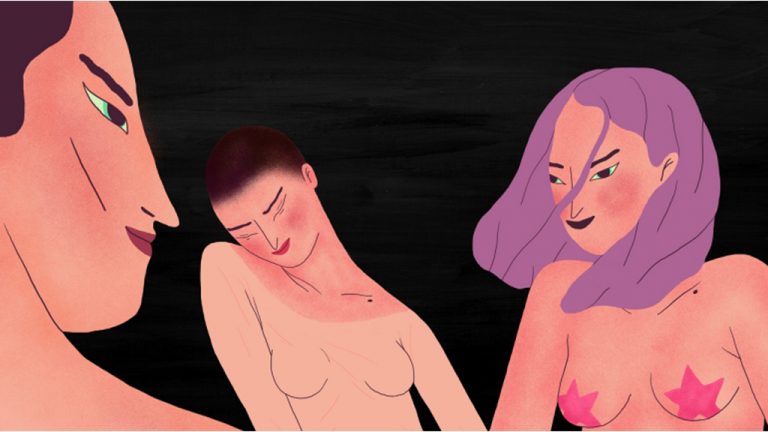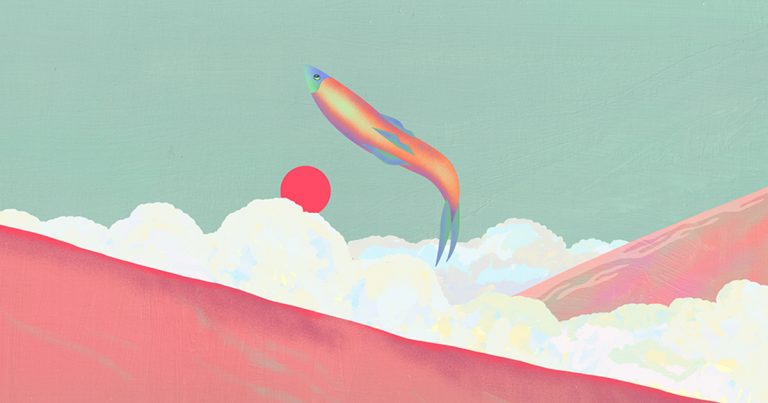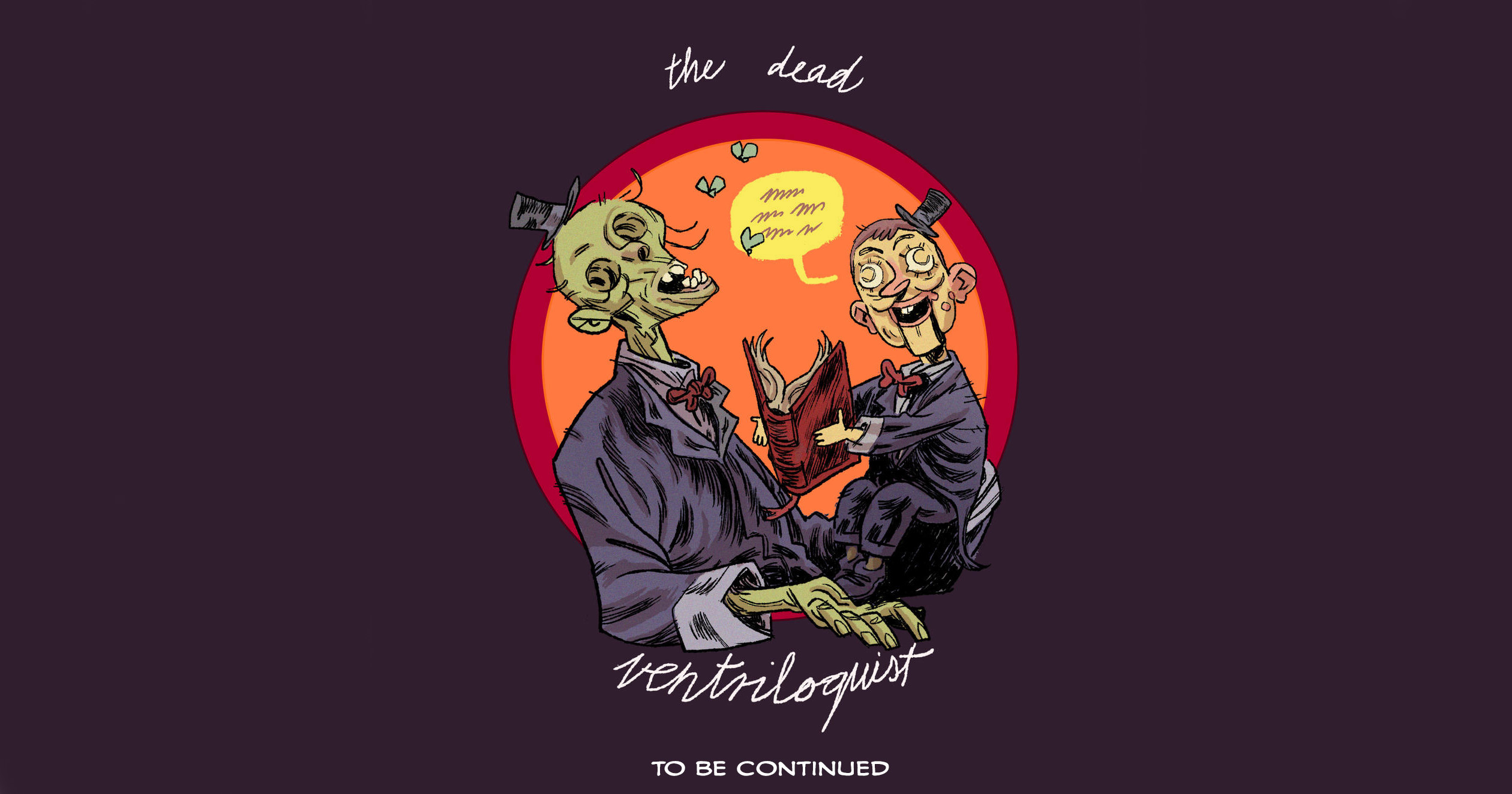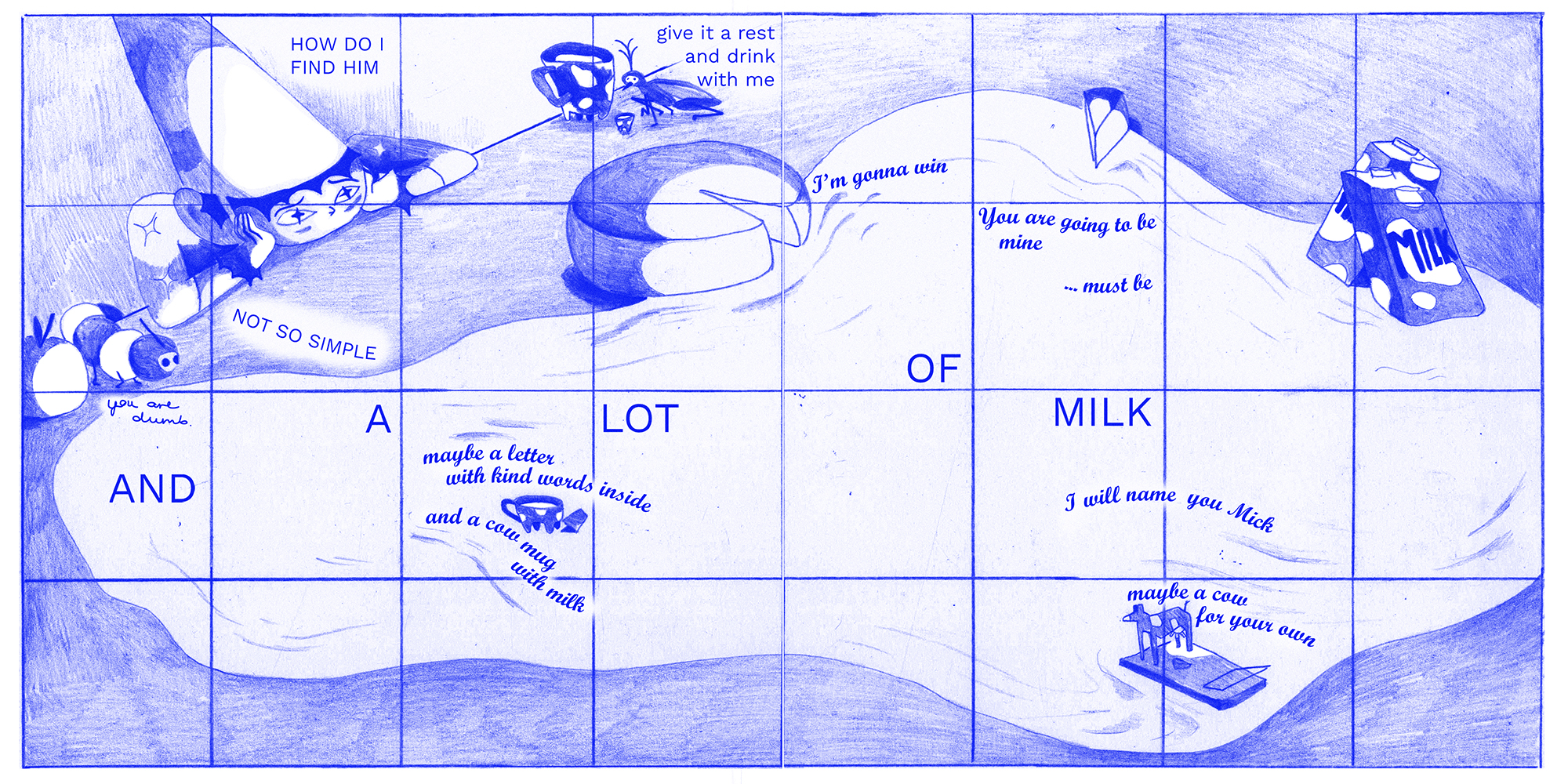

“We want students to be able to convey their stories”
What do prehistoric cave animal art and our daily changing Instagram stories have in common? Even the first attempts to make still pictures move were motivated by the same basic human need as all visual narratives constructed by us ever since – the need to tell a story as fully as possible. Picture sequences telling a story using the animation toolkit can take many forms from comics through video game avatars to immersive storytelling created using AR (augmented reality) and VR (virtual reality) and completely blurring the line between reality and fiction. From this year, MOME’s Animation MA is being refreshed to reflect the global impacts of technological advances on contemporary animation. We talked to head of the Animation MA Viktória Szabó about the transformation of the programme.

Why do you believe it is necessary to refresh the Animation MA?
As a matter of fact, changes to the programme were made to reflect and respond to the interests and needs of the students. We sought to synthesise all the experience gathered in recent years, which, by the way, appear to tally with industry trends. There have already been examples of unconventional animation films, video games and VR features being created at the programme before. We have felt the need to cater for this type of interest in the curriculum and support students in receiving the training to meet this need, which necessitated the introduction of the new specialisations.
From this year, the programme will be offered in English as a result of the great deal of international interest. We are pretty well prepared for such a switch. Since the language of animation is primarily English in the first place, students of the programme are already accustomed to using it. We currently have a foreign student, which means the programme is practically being taught in English already.
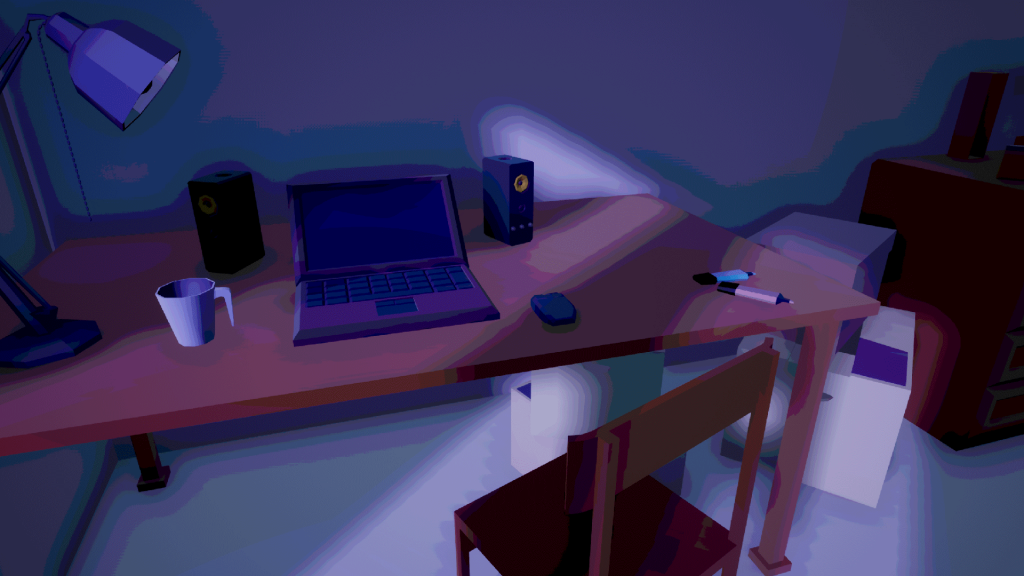
Nemes Barnabás: Can’t Sleep (VR project)
Applicants this year can also choose Video Game and Immersive Storytelling in addition to Animation as a specialisation. Why single out these two areas specifically?
They hold a particular interest because they are closely related to the storytelling traditions of the programme as well as the animation toolkit. Storytelling is the central focus of the MA programme. We want students to be able to convey their stories, whether these are inspired by personal history or reflect on some social issue. The means by which they choose to do so is up to them. We want to support them by providing them with an understanding of the workings of other media, as well the special possibilities and challenges they involve.
What exactly can those interested in the new specialisations expect?
We aim to train artists who are confident in their choice of tools when it comes to storytelling. It is important to note here that though it is not going to be a tech-focused programme, we will seek to equip students with the knowledge and skills to be able to communicate properly with any team they will be working with. As opposed to animation productions, these genres also use specialists who have not been so far involved in film making. In order for artists to know their options and understand and respond to challenges, they will need to be familiar with production processes and technological requirements. That’s what we would like to support students with.

Pixar Art Director Deanna Marsigliese at MOME
How will the introduction of the two specialisations affect the Animation programme? How will it transform the knowledge and skills that can be mastered during the programme, and what opportunities for cooperation will there be between the three specialisations?
There will be no change to the training when it comes to the Animation specialisation. Students can expect the same as before. In fact, the other two specialisations will also closely follow this structure. The first semester, which focuses on laying the foundations of dramaturgy, directing and storytelling skills, will be shared by all three specialisations. Next, in the second and third semesters, is when the specialisation takes place. The last semester will be about the diploma, with the students mostly consulting teachers of the programme and external professionals about their masterworks. Each specialisation will employ the same working method based on personal consultations as the Animation MA programme – students will work together closely with their mentors, who will support them to implement their projects with maximum efficiency.
What long-term results do you hope to achieve by refreshing the programme?
Our goal is for a powerful core of professionals to be created in Hungary as a result of the training, like the ones in some neighbouring countries. At the same time – since as we are looking to attract foreign students as well – we also want Hungarian artists to find their place in the international arena. We hope to see the emergence of an artist hub that will continue to work together even after leaving university.
Buda Flóra Anna: Entropia (short movie)
// /
Find out more about the Animation MA programme HERE!
